A walking or cycling holiday in Burgundy will take you through gently rolling countryside where the white Charolais cattle graze in the fields and a patchwork of walled vineyards clothes the slopes. The soil on which the vines grow looks dry and infertile, but don’t be deceived. This stony ground, where the roots of the vine have to run deep to find water, grows grapes to make the acclaimed Burgundy wines, some of the best in France.
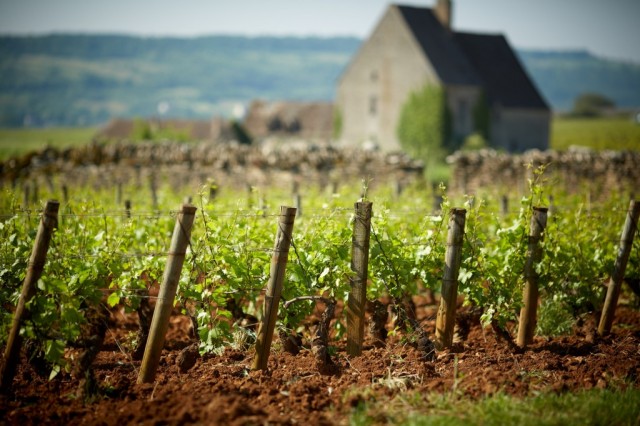
Burgundy is well known for the top names in red wine, especially in the Côte de Nuits and Côte de Beaune areas just south of Dijon where Pinot Noir is the predominant grape variety. What most people don’t realise, however, is that over 60% of the Burgundy production is actually white wine made from the Chardonnay grape, especially in the Chablis area around Auxerre.
Summers in Burgundy are warm but the nights can be cool, so the vines are trained low to ensure that the grapes are warmed by the gravel soil, which retains the heat and acts as a radiator as dusk falls.
You’ll also see the term Clos included in the name of many quality wines. This means that the vines are surrounded by a low wall, which helps to retain the heat and protect them from wind. These stone walls often enclose the vines that make better quality wine, the resulting micro-climate giving them a bit of special treatment.
Another concept you’ll hear talked about a lot here in Burgundy is the Terroir. It represents the unique character of the wine that is created from the combination of soil, climate and the way the vines are nurtured with a strong sense of wine-growing heritage.
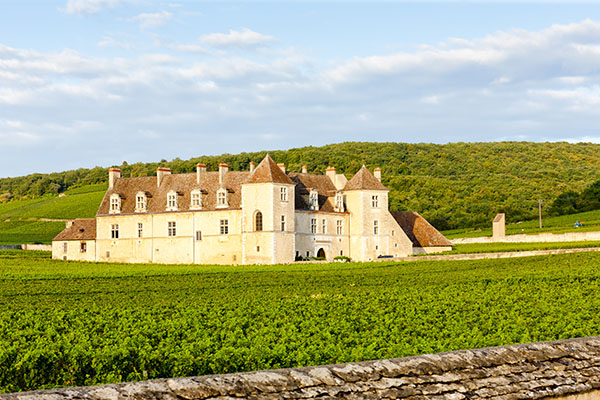
The best way to enjoy the wines of Burgundy is to stop at a wine shop or vineyard as you pass and taste some of their local wines. The knowledgeable owners are normally only too happy to share their love of Burgundy wine and talk you through what makes each wine different from the others. Whether you find yourself sampling wine in a modern tasting room or a cool, characterful cellar, your tipple will often be accompanied by delicious Gougères – choux puffs made with Gruyère cheese.
This pleasurable experience of meandering through the vineyards of Burgundy was one shared by Thomas Jefferson who visited the Burgundy region in 1787 while on a 3-month tour of France. He fell in love with the wines of Pommard and Meursault, especially the Goutte d’Or of the Côte d’Or. As President of the United States, he ensured that his favourite Burgundy wines were served at The White House.
It’s also worth understanding how the different designations of wine work, so that you can distinguish your everyday-drinking wine from the finest Grand Cru. For light and easy drinking, look out for the Appellation Regionale wines, which are named after the region of production (such as Côte de Beaune) and are drunk before they are 5 years old. Next up the quality ladder are the Appellation Village wines, produced from the vines of a specific village, which gives the wine its name.
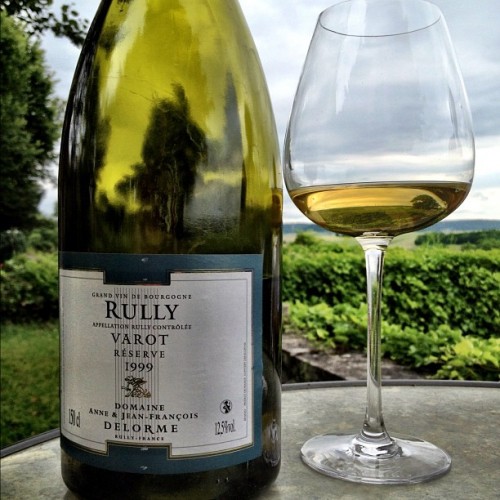
Moving up the quality scale, the Premier Cru wines are more unique and produced from a specific plot of vineyard known to produce the finer wines. Finally there are the top-quality Grand Cru wines, named after a specific plot of land, with only 33 such designations in the whole of Burgundy.
At the heart of the Burgundy wine-growing region is the beautiful old town of Beaune, well known for the Hospices de Beaune. Built in the Middle Ages, this charitable foundation ran a hospital for the poor, with light and airy halls that must have seemed heavenly to those who were treated there. It’s now a museum with a plain, stone exterior but distinctive, coloured roof tiles that can be seen from the inner courtyard.
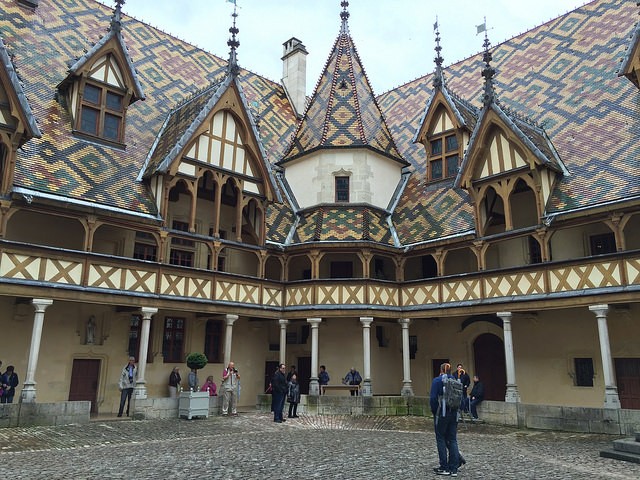
Over the years, many wealthy landowners endowed the charitable foundation with plots of land and vineyards, which even today bring in an income from the wine auction and festival held each November. In 2015 this wine auction – an event that attracts wine lovers and celebrities – raised 11 million euros. The money was used by the foundation to fund modern hospitals and retirement homes.
As you wander the narrow streets of Beaune, past mellow stone houses, there are plenty of shops selling the wine and gourmet specialities of the region – think moutarde de Beaune, crème de cassis and Dijon’s signature gingerbread.
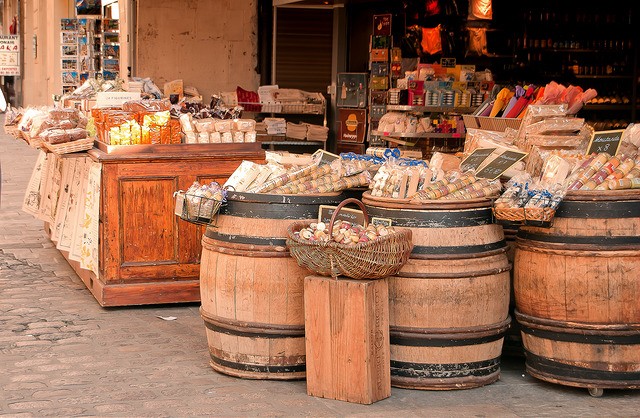
You can enjoy a long weekend in Burgundy with Headwater’s new Gourmet Burgundy Break. Sampling the gastronomic delights of the region, you’ll experience cookery classes, a tour of the acclaimed Olivier LeFlaive winery and visits to the villages of Pommard and Meursault that Thomas Jefferson so enjoyed.
On Headwater’s Gastronomic Burgundy Walking holiday, you’ll follow vineyard tracks, hilltop trails and woodland paths through the region’s sublime scenery, taking in prestigious wine estates and top Burgundy châteaux.
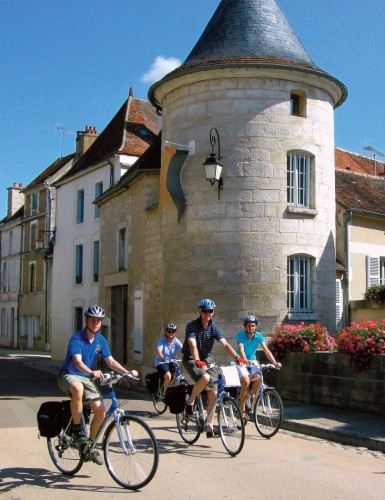
If you’d rather take to two wheels, try Classic Burgundy Cycling, which will take you along riverside trails and country lanes, with an itinerary full of historical interest and plenty of opportunity to taste the world-famous Burgundy wines.